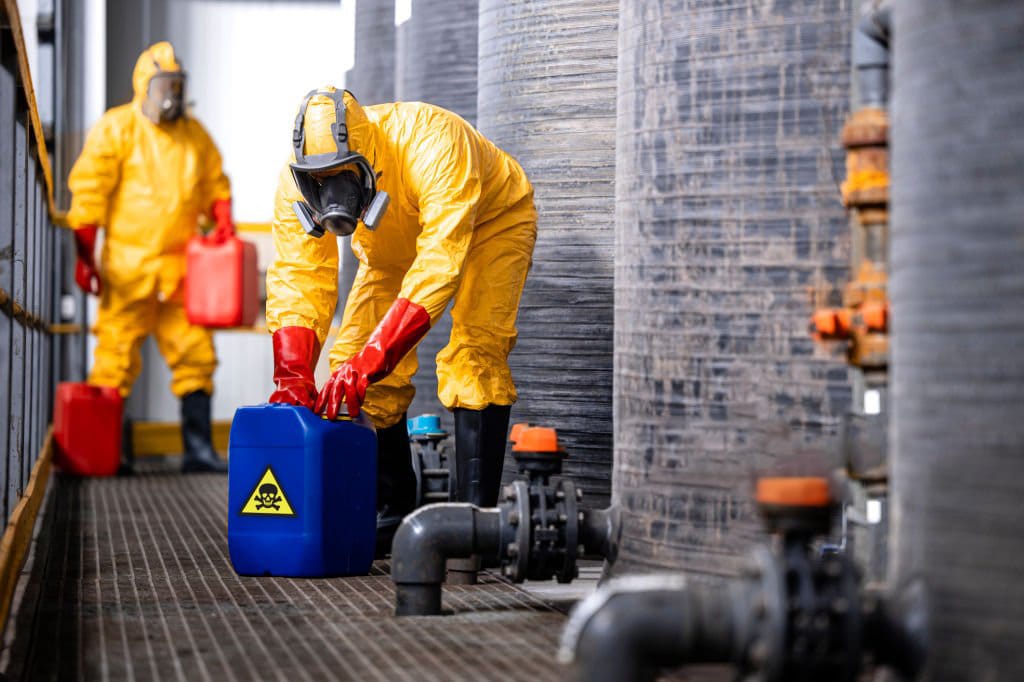
Working with or near radiation requires a thorough understanding of the risks and the Personal Protective Equipment (PPE) necessary to minimize exposure. Proper PPE acts as a barrier, reducing the harmful effects of radiation and ensuring worker safety across various industries, including healthcare, nuclear energy, and research laboratories.
Radiation PPE includes items such as lead aprons, gloves, thyroid shields, and dosimeters to minimize exposure. The choice of PPE depends on the type and intensity of radiation, with strict regulations from organizations like OSHA and the NRC ensuring compliance. Innovations in lightweight materials are also improving worker comfort and safety.
To better understand radiation PPE, we’ll explore the types of radiation, effective materials, regulatory standards, risks of inadequate protection, and emerging innovations in the field.
What are the different types of radiation, and how do they influence PPE selection?
Radiation can be classified into ionizing and non-ionizing types, each requiring specific PPE to mitigate their unique risks.
Ionizing radiation, such as X-rays and gamma rays, requires dense shielding materials like lead, while non-ionizing radiation, including microwaves, often necessitates electromagnetic barriers and skin protection.
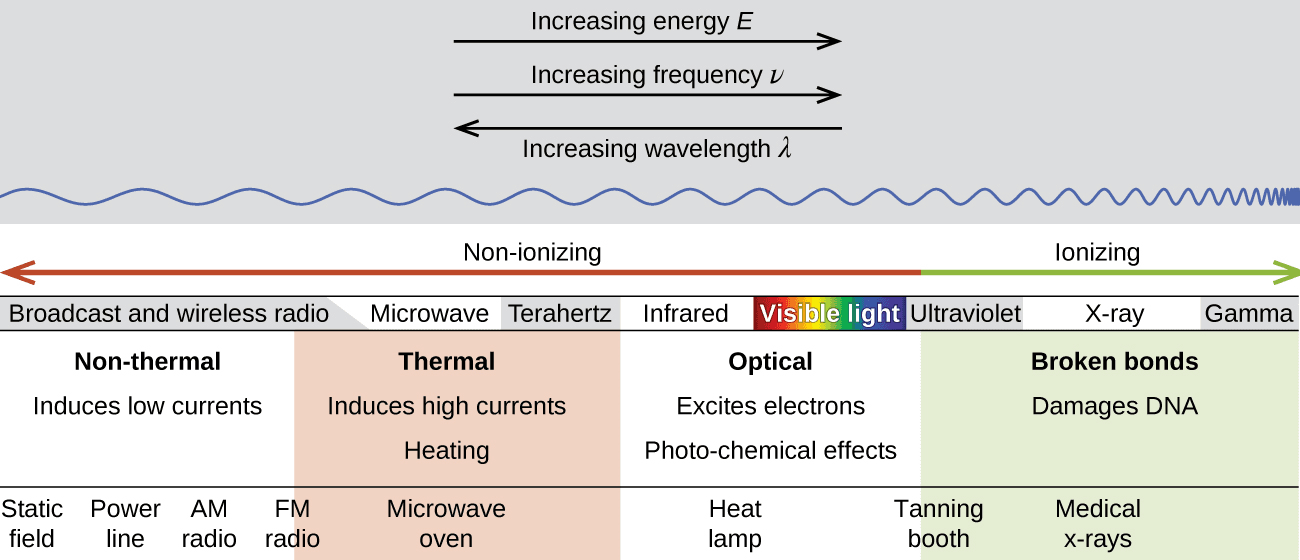
The selection of PPE is heavily influenced by the type of radiation exposure:
-
Ionizing Radiation:
-
Non-Ionizing Radiation:
- Examples: Microwaves, UV radiation2, and radiofrequency waves.
- Risks: Can cause burns, skin damage, or cataracts with prolonged exposure.
- PPE: UV-blocking face shields, goggles, and protective clothing.
Understanding the specific type of radiation helps determine the most effective PPE for shielding and exposure prevention.
What materials are most effective in shielding against radiation exposure?
The choice of materials for radiation PPE is critical, as different materials offer varying levels of protection against specific radiation types.
Lead remains the gold standard for blocking ionizing radiation, while other materials like tungsten, polyethylene, and specialized fabrics are used to shield against different radiation sources.
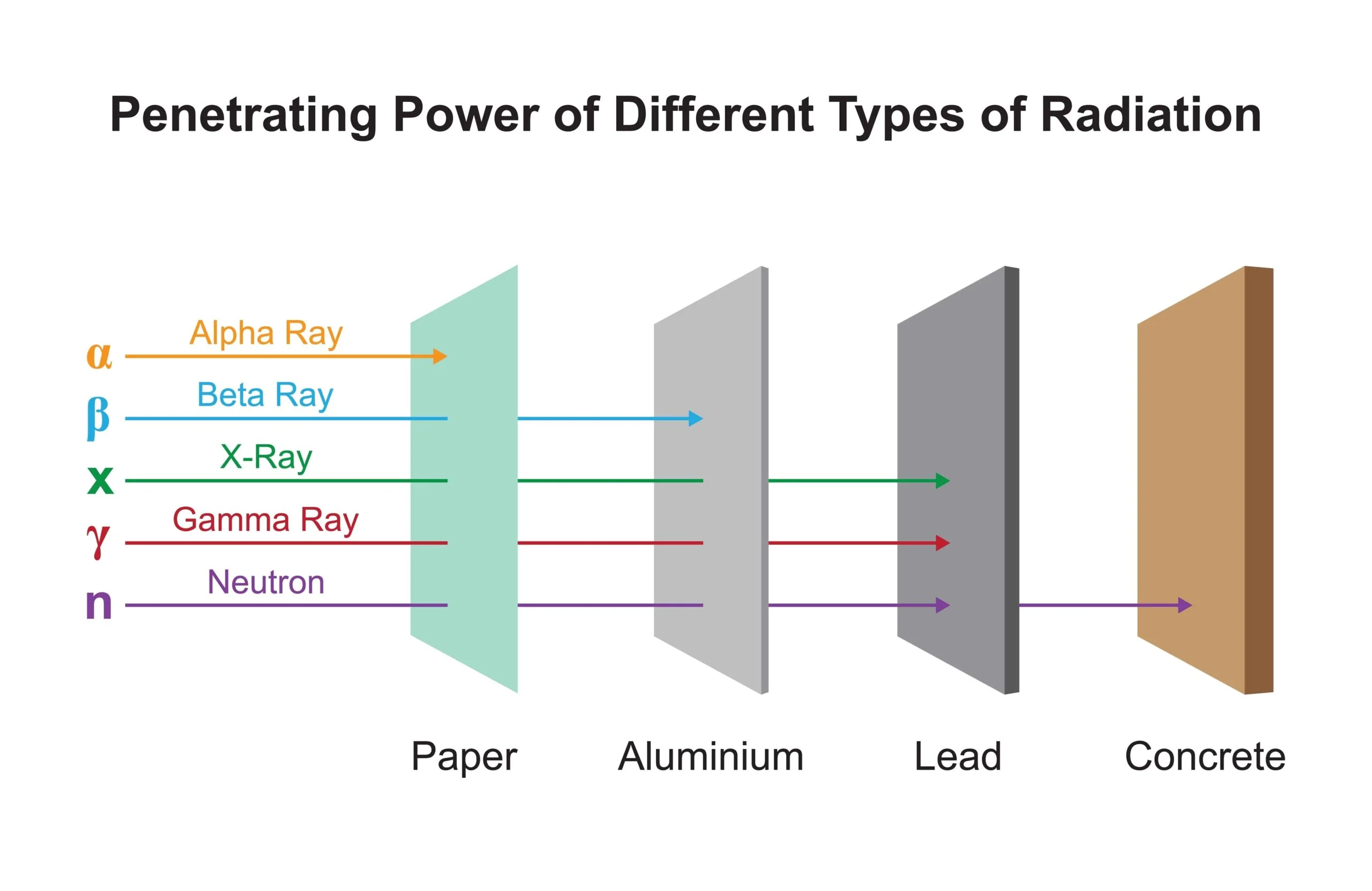
Effective radiation shielding materials include:
| Material | Protection Type | Applications |
|---|---|---|
| Lead3 | Blocks X-rays and gamma rays | Lead aprons, gloves, and wall barriers |
| Tungsten | Dense alternative to lead | Used in small shielding devices |
| Polyethylene | Shields against neutron radiation | Used in research and nuclear facilities |
| Leaded Glass | Protects against ionizing radiation | Used in viewing windows in radiology rooms |
| UV-Blocking Fabrics4 | Absorbs non-ionizing UV radiation | Protective goggles and face shields |
Each material is selected based on its ability to attenuate specific radiation types, ensuring maximum safety for workers.
What are the regulatory standards for radiation PPE in the workplace?
Compliance with regulatory standards ensures that workers are adequately protected from radiation hazards in the workplace.
Radiation PPE must meet guidelines from OSHA, the NRC, and international bodies like the IAEA, which regulate exposure limits and PPE design to minimize risks.
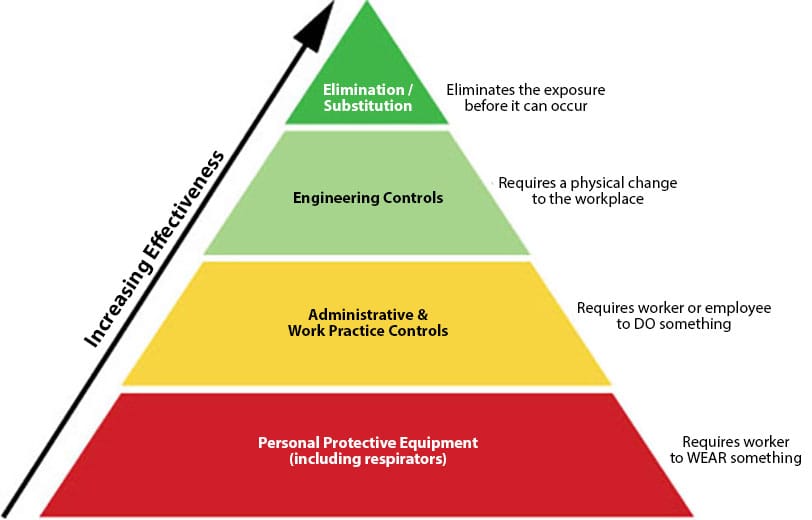
Key regulations governing radiation PPE include:
-
- Requires employers to implement hazard assessments and provide appropriate PPE.
- Sets exposure limits for ionizing and non-ionizing radiation.
-
NRC (Nuclear Regulatory Commission):
- Enforces strict PPE standards for workers in nuclear power plants and research facilities.
- Mandates the use of dosimeters for monitoring exposure levels.
-
IAEA (International Atomic Energy Agency)6:
- Provides global guidelines for radiation protection, including PPE requirements.
- Advocates for dose minimization principles like ALARA (As Low As Reasonably Achievable).
Adhering to these standards ensures worker safety and reduces the likelihood of regulatory violations.
What are the risks of inadequate PPE when working with radioactive materials?
Failure to use proper PPE can lead to severe health consequences, environmental contamination, and legal repercussions.
Inadequate PPE increases the risk of acute radiation sickness, long-term cancer development, and workplace contamination, highlighting the critical importance of proper protective measures.
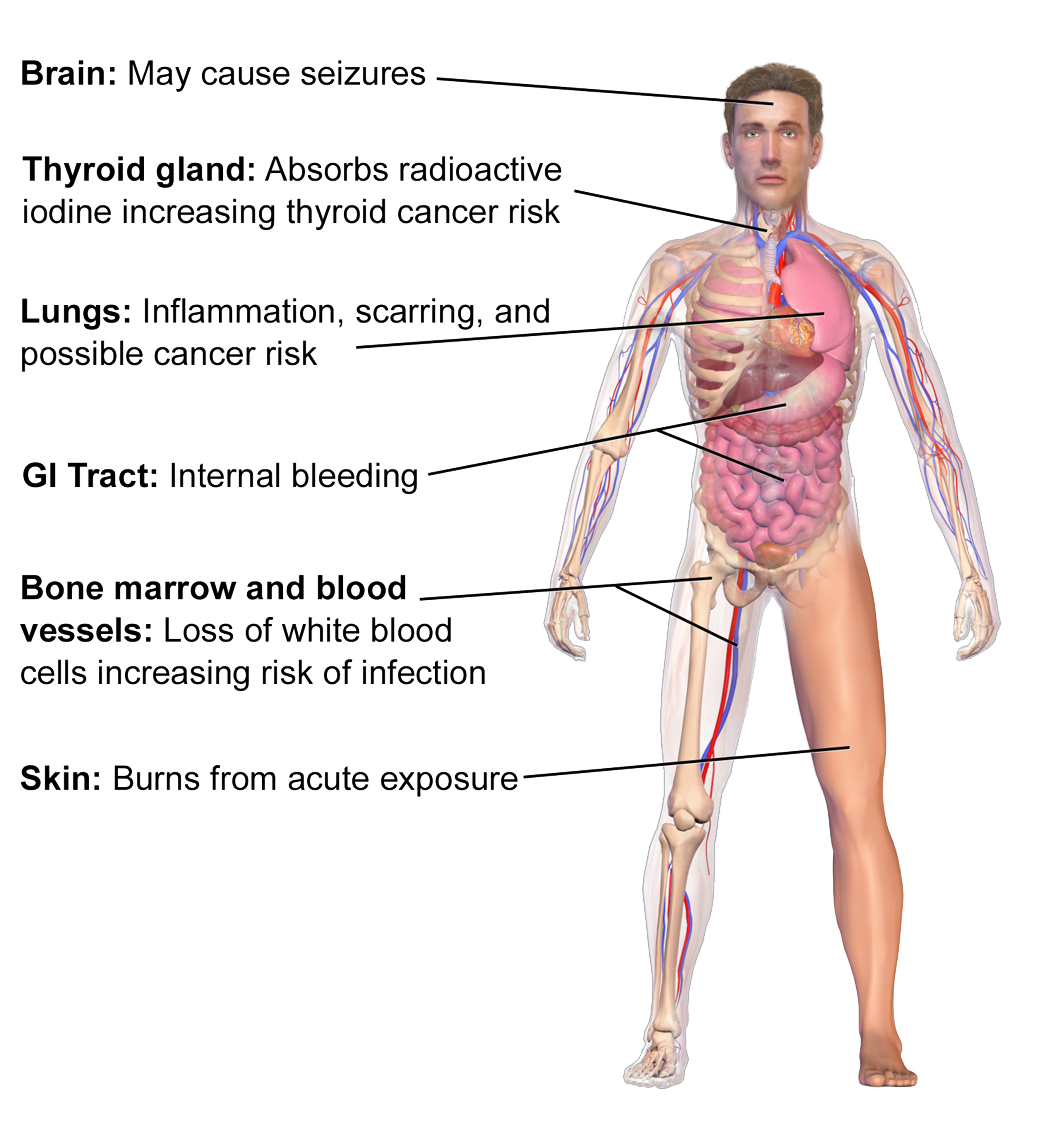
The consequences of insufficient radiation PPE include:
-
Health Effects:
- Acute Radiation Syndrome (ARS): Symptoms include nausea, burns, and organ failure from high-dose exposure.
- Chronic Conditions: Increased risk of cancer and reproductive issues from prolonged exposure.
-
Environmental Risks:
- Radioactive contamination of surfaces, tools, and air can occur without proper barriers, endangering other workers.
-
Regulatory Penalties:
- Non-compliance with OSHA or NRC standards can result in fines, lawsuits, and operational shutdowns.
Proper PPE use is essential to avoid these severe outcomes and ensure a safe work environment.
What innovations are being developed in radiation PPE for enhanced protection?
Advances in materials science and technology are driving innovations in radiation PPE, making it more effective and user-friendly.
Emerging innovations include lightweight lead alternatives, integrated radiation sensors, and modular PPE designs that enhance worker mobility and comfort.
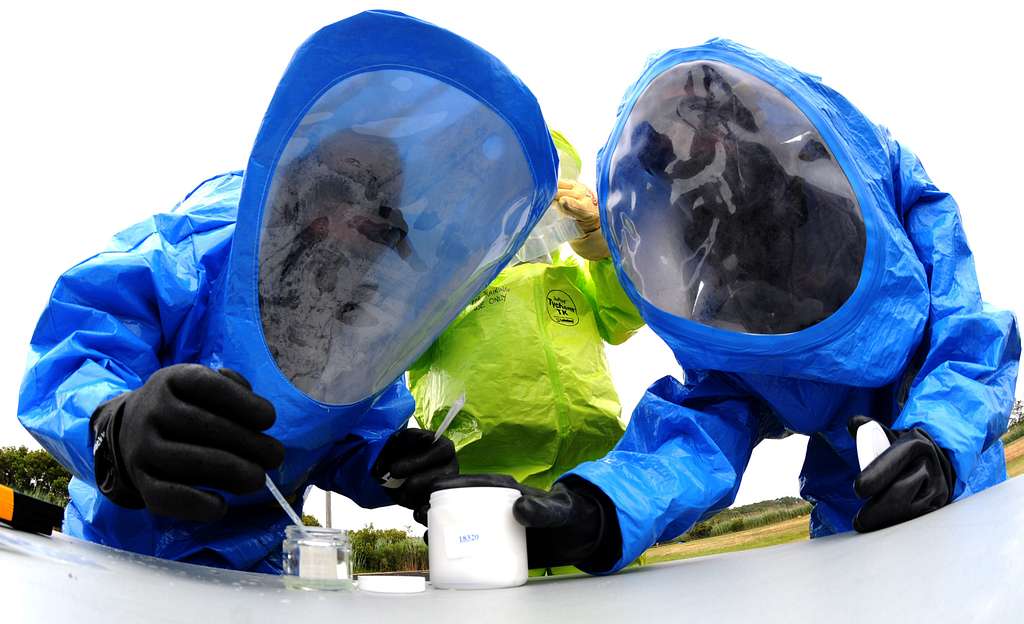
Modern advancements in radiation PPE include:
-
Lightweight Lead Substitutes7:
- Materials like tungsten-polymer composites provide comparable shielding with reduced weight.
-
Smart PPE:
- Integrated dosimeters and sensors alert workers to high radiation levels in real-time.
-
Enhanced Mobility Designs:
- Flexible materials and modular systems improve comfort for extended wear.
-
- Recyclable materials reduce environmental impact after disposal.
These developments aim to balance maximum protection with practical usability, ensuring better compliance and worker safety.
Conclusion
Radiation PPE is crucial for protecting workers from the harmful effects of exposure in various industries. From understanding radiation types to exploring advanced materials and innovations, a comprehensive approach to PPE selection and usage can safeguard workers while ensuring compliance with regulatory standards. Staying updated on emerging technologies further enhances safety and efficiency in radiation-prone environments.
-
It introduces a key type of ionizing radiation, and additional resources can clarify how X-rays interact with tissues and why they are a significant risk factor. ↩
-
Linking this keyword helps provide more context on the dangers of non-ionizing radiation and offers insights into effective PPE to mitigate risks. ↩
-
Lead is a cornerstone material in radiation protection, and additional information can explain why it’s widely used in shielding applications. ↩
-
Linking this keyword helps explore how specialized materials are used to mitigate risks from UV radiation, ensuring better understanding of their applications in protective gear. ↩
-
Linking this keyword helps clarify the specific regulatory requirements employers must follow to protect workers from radiation hazards. ↩
-
You should link this keyword because it references international standards for radiation safety, offering insights into best practices and global compliance measures. ↩
-
Explaining how new, lighter materials can offer similar protection to traditional lead, improving worker mobility and comfort. ↩
-
Linking this keyword highlights the importance of sustainable PPE solutions, showing how innovations in materials can reduce the environmental impact of radiation protection gear. ↩
Zion Zhang
Recent Posts
 Fatigue-Monitoring Smart Vests2025年12月23日Data-Driven Fatigue Prevention for Food Processing and Cold […]
Fatigue-Monitoring Smart Vests2025年12月23日Data-Driven Fatigue Prevention for Food Processing and Cold […] 100-Wash Antimicrobial Durability: Long-Lasting Hygiene Protection for Food and Healthcare Industries2025年12月20日Food processing plants and healthcare facilities are […]
100-Wash Antimicrobial Durability: Long-Lasting Hygiene Protection for Food and Healthcare Industries2025年12月20日Food processing plants and healthcare facilities are […] Future Reflective Materials: Adaptive Visibility for High-Mobility and High-Risk Work Environments2025年12月19日Modern industrial workplaces are evolving rapidly. […]
Future Reflective Materials: Adaptive Visibility for High-Mobility and High-Risk Work Environments2025年12月19日Modern industrial workplaces are evolving rapidly. […] Next-Gen FR Fabrics: Lighter, Softer, and More Durable Flame-Resistant Workwear for Long Shifts2025年12月18日For decades, flame-resistant (FR) workwear has been […]
Next-Gen FR Fabrics: Lighter, Softer, and More Durable Flame-Resistant Workwear for Long Shifts2025年12月18日For decades, flame-resistant (FR) workwear has been […] Nano-Coatings Reduce Washing Frequency: Smarter Workwear for Cleaner, More Efficient Operations2025年12月17日Industrial workwear is no longer evaluated solely on […]
Nano-Coatings Reduce Washing Frequency: Smarter Workwear for Cleaner, More Efficient Operations2025年12月17日Industrial workwear is no longer evaluated solely on […] Self-Healing Fabrics: The Future of Durable Protective Workwear in Extreme Industries2025年12月16日Self-healing fabrics represent one of the most […]
Self-Healing Fabrics: The Future of Durable Protective Workwear in Extreme Industries2025年12月16日Self-healing fabrics represent one of the most […]
CONTACT US
- Feel free to contact us any time. We will get back to you as soon as we can!
- +86-17330061805
